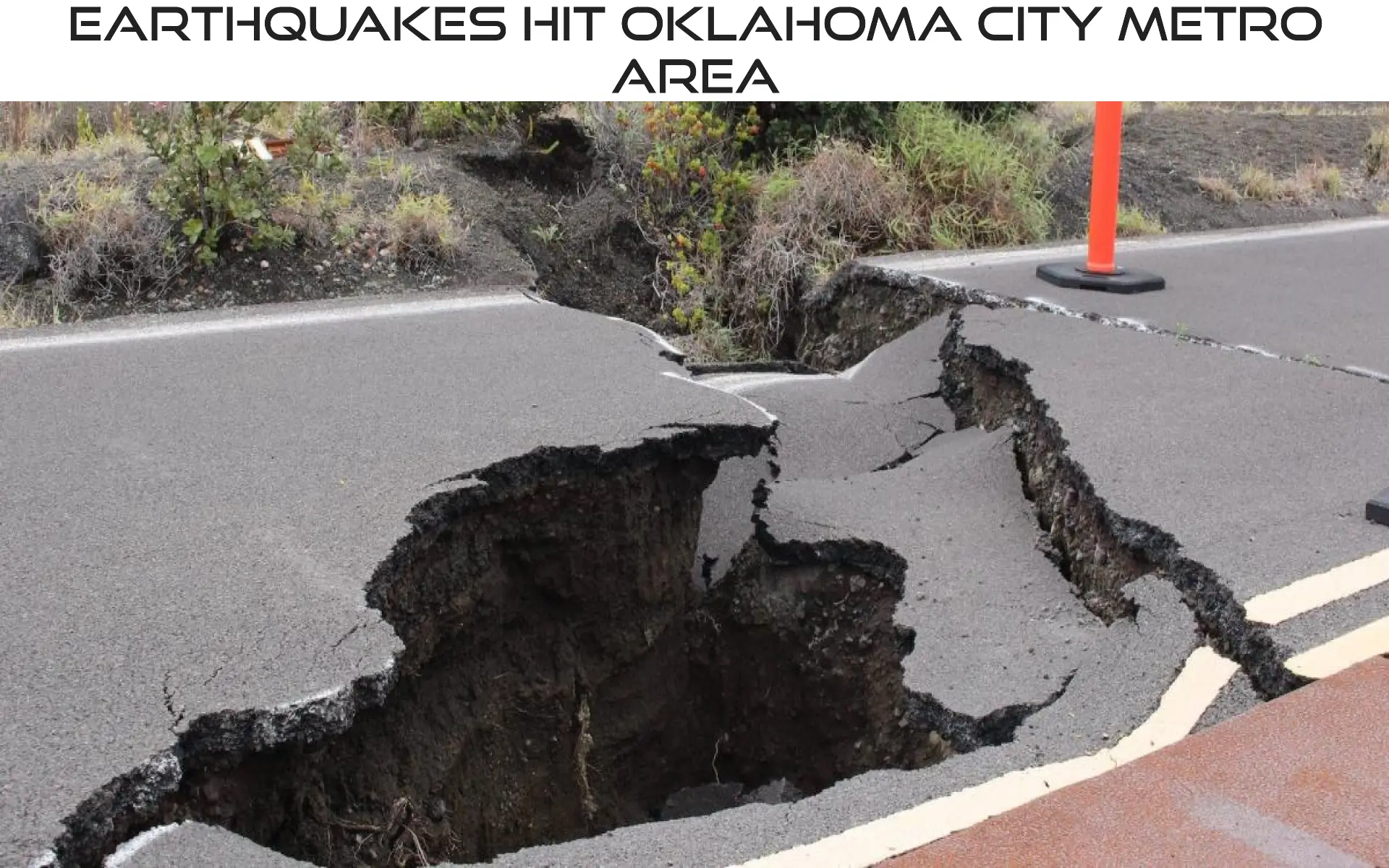
Oklahoma was hit by a series of earthquakes, causing concern among residents and experts alike. The seismic events began on the evening of January 12, 2024, and continued into the early hours of January 13, 2024.
Starting at 9:30 p.m. local time on January 12, a swarm of earthquakes shook the Oklahoma City metro area. The largest recorded earthquake had a magnitude of 4.4, while several smaller quakes were also reported. The epicenters of these earthquakes were primarily located near Edmond, along Interstate 35, on the north side of the metro.
The 4.4-magnitude earthquake, occurring only about 4 miles underground, caused noticeable shaking in the region. Reports indicate that the tremors were felt as far away as Kansas. Fortunately, there have been no reports of damage or injuries associated with these seismic activities. It is important to note that earthquakes with a magnitude of 5.0 or greater typically result in some form of damage, according to the United States Geological Survey (USGS).
While the recent earthquakes were significant, they did not surpass the state’s most powerful recorded earthquake, which occurred on September 3, 2016. This earthquake, with a magnitude of 5.8, caused moderate damage in north-central Oklahoma. Studies linked this event to wastewater injection from oil and gas production, highlighting the potential impact of human activities on seismic events in the region.
READ ALSO: Florida School District Shakes Up America with Massive Book Ban – Bill O’Reilly Targeted
The USGS has previously suggested that many earthquakes in the Southern Plains, including Oklahoma, could be tied to human activities such as fracking. Fracking involves injecting water, sand, and chemicals into the ground to extract oil and gas reserves. This process can trigger earthquakes and impact groundwater. However, it is too early to determine whether human activities played a role in the recent seismic events in Oklahoma.
The Oklahoma Geological Survey (OGS) has been actively monitoring seismic activities in the region. In response to the recent earthquakes, the OGS issued a statement urging residents to secure valuables that could be affected by potential strong aftershocks. They also recommended practicing the “Drop, Cover, and Hold On” technique during seismic events to ensure personal safety.
Following the earthquakes, Oklahomans took to social media to share their experiences. Many reported hearing a loud boom before feeling the shaking associated with the minor quakes. The power of social media allowed individuals to connect and share their stories, creating a sense of community in the face of the seismic events.
4.4 Earthquake in #Edmond #Oklahoma #earthquake pic.twitter.com/Dhzs6QQtkd
— Christopher (@BITCOINCKB) January 13, 2024
This is a recording of a 4.7 magnitude earthquake that occurred in Oklahoma City tonight.
Now, color me a skeptical man if you like but not only does nothing move, it sounds like an explosion.
I'm not alleging that it was definitively an explosion, I'm just saying that it seems… pic.twitter.com/YiguRZofeV
— AwakenedOutlaw⚒️ (@AwakenedOutlaw) January 13, 2024
Earthquakes in Oklahoma got my dog turning into scooby doo pic.twitter.com/2PKOJcRmd8
— Logan Hill (@LHillthefirst) January 13, 2024
The recent earthquake swarm serves as a reminder of the importance of preparedness in earthquake-prone areas. While Oklahoma is not typically associated with high seismic activity, it is crucial for residents to be aware of potential risks and take necessary precautions. This includes securing valuable items that may be affected by strong aftershocks and familiarizing oneself with safety protocols.
